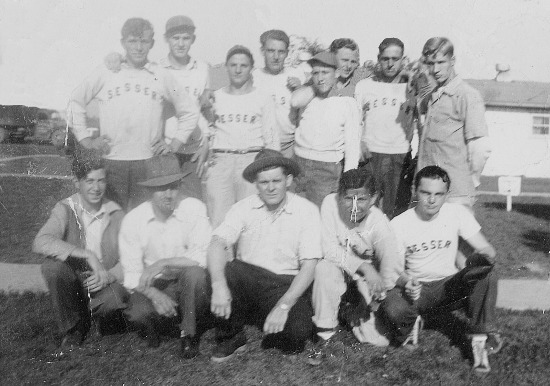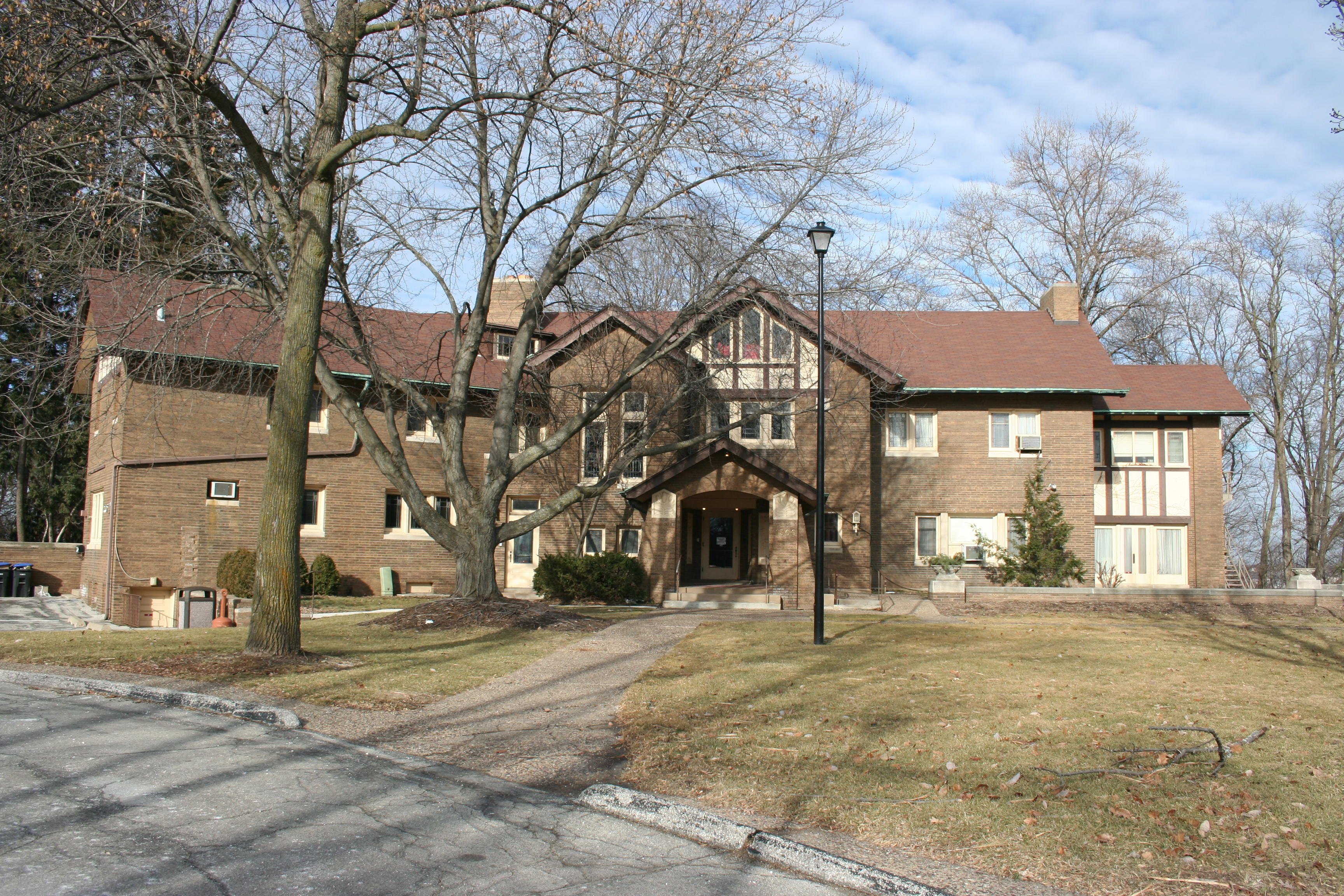 Davenport started Iowa's debate over using cameras to ticket vehicle owners for speeding and running red lights, so it's appropriate to look at one of its intersections as an illustration of the current situation - 11 years after the city began automated enforcement.
Davenport started Iowa's debate over using cameras to ticket vehicle owners for speeding and running red lights, so it's appropriate to look at one of its intersections as an illustration of the current situation - 11 years after the city began automated enforcement.
From 2001 to 2004 - before any traffic cameras were installed - Kimberly Road and Elmore Avenue averaged 7.0 red-light broadside crashes per year. From 2011 to 2014 - years when speed and red-light cameras were in operation - it averaged 1.0 red-light crash annually, a drop of 86 percent. The percentage decrease is slightly greater if one only considers red-light crashes in the directions of camera enforcement - east- and west-bound speed and red-light cameras.
From the city's perspective, this represents clear evidence that the traffic cameras have improved safety at the intersection.
Yet earlier this year, the Iowa Department of Transportation (DOT) ordered that the City of Davenport turn off traffic cameras at Kimberly and Elmore, which it did in April. While the city presented data on broadside crashes - those in which somebody running a red light was a direct cause of an accident - the state looked at all crashes within 150 feet of the intersection.
And here the picture becomes muddled. In three pre-camera years, total crashes averaged 10.3. The DOT evaluation found 15.5 total crashes per year after camera activation, including 23 in 2013.
Gary Statz, a traffic engineer with the City of Davenport, said those numbers aren't really in conflict: "In 2013, we had a spike in crashes out there, and I don't know why, but we just did. So the average of [total crashes] those two years was pretty high, and they came to the conclusion that the cameras weren't effective ... .
"My argument would be that most of the crashes had nothing to do with the cameras. The red-light crashes were almost nonexistent, but we had a lot of rear-end crashes that were well back from the intersection. Traffic backed up further than people thought, [and they] just weren't prepared to stop. That seemed to be most of them. ...
"I found the vast majority of the rear-end crashes occurred well back from the intersection" but within 150 feet of it. "We only found three [in 2013] ... that occurred during the yellow or at the beginning of the red. ... When it happens five seconds after it's red, and it's 10 car lengths back from the stop bar, you can safely say the camera had nothing to do with it."
Ultimately, though, the City of Davenport opted not to appeal the DOT's order at Kimberly and Elmore. "I didn't really agree with what they said," Statz said, "but we didn't argue it."
This anecdote highlights a few key elements of the present battle over Automated Traffic Enforcement (ATE).






 The county’s current Agricultural Preservation Zoning District prevents spot zoning – developments that don’t conform to the surrounding land use – on any agriculture property outside city limits. But the three supervisors provided the necessary votes to begin the approval process for a new zoning designation called an Industrial Floating Zone (IFZ) to skirt that protection. April 7’s vote was the first of three readings over the next four weeks that will change the CLUP to allow the county and Quad Cities First – the economic-development arm of the Quad Cities Chamber – to market prime farmland for a “megasite” (1,000 acres or more) to potential industrial operators.
The county’s current Agricultural Preservation Zoning District prevents spot zoning – developments that don’t conform to the surrounding land use – on any agriculture property outside city limits. But the three supervisors provided the necessary votes to begin the approval process for a new zoning designation called an Industrial Floating Zone (IFZ) to skirt that protection. April 7’s vote was the first of three readings over the next four weeks that will change the CLUP to allow the county and Quad Cities First – the economic-development arm of the Quad Cities Chamber – to market prime farmland for a “megasite” (1,000 acres or more) to potential industrial operators.



 Davenport started Iowa's debate over using cameras to ticket vehicle owners for speeding and running red lights, so it's appropriate to look at one of its intersections as an illustration of the current situation - 11 years after the city began automated enforcement.
Davenport started Iowa's debate over using cameras to ticket vehicle owners for speeding and running red lights, so it's appropriate to look at one of its intersections as an illustration of the current situation - 11 years after the city began automated enforcement.







